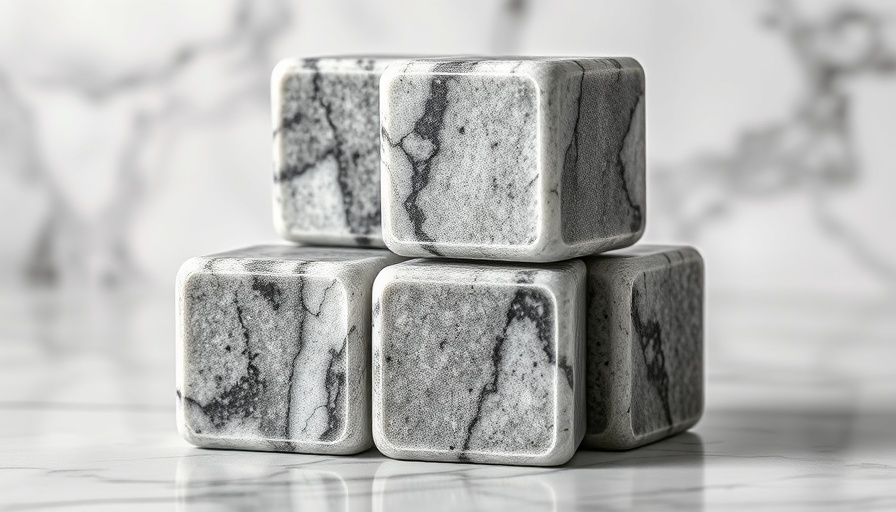
What Are Reusable Ice Cubes and How Do They Work?
Imagine never having to refill an ice tray again. Reusable ice cubes are a clever innovation that allows you to chill your drinks without the mess of melting ice or the constant hassle of ice-making.
Made from materials like stainless steel, plastic, or even stone, these cubes are designed to keep beverages cold without diluting their flavor.
Unlike traditional ice that melts and turns into water, reusable options maintain their cold temperature and can be used again and again.
The Environmental Impact of Ice Cubes
Have you ever considered how much water and energy is wasted producing ice?
Traditional ice-making can use up to 12-20% more energy, and an average household’s ice production contributes to significant water waste as melted ice trickles down the drain.
Reusable ice cubes, however, only require a single freeze, drastically reducing energy consumption while ensuring that you don’t waste water.
They are a powerful tool for eco-conscious individuals looking to lower their environmental footprint.
How They Compare to Traditional Ice
When tested, different types of reusable ice cubes showcased varying capabilities.
For example, stainless steel cubes chill drinks rapidly, but may lose effectiveness after a while. Gel-filled ice cubes, despite being convenient, might not lower drink temperatures as much as desired.
Comparatively, traditional ice remains unrivaled for long-lasting cooling. Therefore, the ideal approach might involve a combination of both to enjoy the best of both worlds.
Jelly Ice: The Next Frontier in Reusable Ice Cubes
As research marches forward, innovative products like jelly ice cubes are being developed.
These sponge-like structures hold water within their gel, providing a biodegradable alternative to traditional ice and eliminating meltwater entirely.
This eco-friendliness is appealing as they are compostable after usage, adding another layer to the sustainability movement. With ongoing developments, jelly ice cubes might change the way we think about chilling drinks.
What Should Consumers Look For?
If you're considering making the switch to reusable ice cubes, there are a few factors you should keep in mind. First, prioritize safety and materials.
Stainless steel is generally a safe option, while plastic options should be BPA-free and food-safe.
Additionally, maintaining cleanliness by thoroughly washing your ice cubes after use is essential to ensure they stay free of bacteria.
Finally, forward-thinking consumers can explore a hybrid approach, combining traditional and reusable cubes for maximum efficiency.
Making a Sustainable Choice
Ultimately, reusable ice cubes present numerous advantages—they help cut down on waste and energy use while preserving the quality of your drinks.
Not only do they aid in the fight against water waste, but they also promote a lifestyle that values ecological mindfulness.
However, exercising informed judgment when selecting materials and products will yield the best results. By adopting such small changes, each one of us can move a step closer to a more sustainable future.
Conclusion: A Step Towards Sustainability
In conclusion, it’s clear that reusable ice cubes can significantly impact our lives and the environment.
For individuals interested in sustainable living, these high-tech alternatives to traditional ice represent a practical way to reduce waste and conserve resources.
While they might not entirely replace traditional ice for every occasion, they certainly deserve a spot in our freezers.
Uniting convenience with sustainability, reusable ice cubes symbolize a small but meaningful shift in our everyday habits.
 Add Row
Add Row  Add
Add 





 Add Row
Add Row  Add
Add
Write A Comment